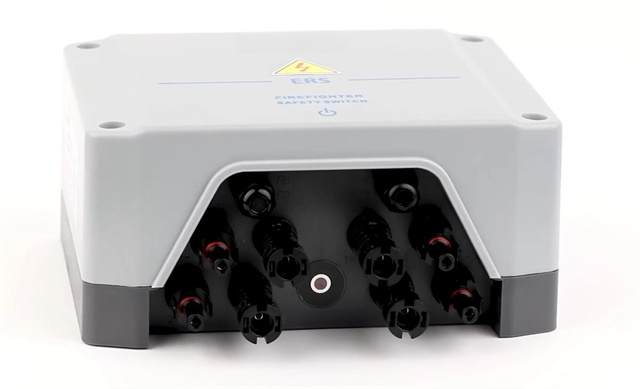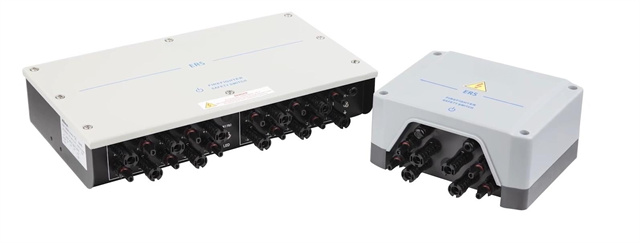Author:BLD Solar Energy SystemFROM:Solar System Converter Manufacturer TIME:2023-08-28
Practical Guide to Using String Level Rapid Shutdown in the Solar Photovoltaic Industry

The rapid growth of the solar photovoltaic (PV) industry has brought about the need for stricter safety standards. One essential safety feature is the string level rapid shutdown, which ensures the safe and efficient operation of PV systems. In this practical guide, we will explore the benefits and implementation guidelines for using string level rapid shutdown in the solar PV industry.

1. Enhanced Safety: String level rapid shutdown reduces the risk of electrical hazards during maintenance or emergencies. By rapidly shutting down the power production at the string level, it minimizes the voltage and current levels within the system, making it safer for installers, firefighters, and other individuals who may come into contact with the PV array.
2. Compliance with Codes and Standards: The implementation of string level rapid shutdown ensures compliance with the latest electrical codes and standards, such as the National Electric Code (NEC). Compliance not only promotes safety but also avoids potential penalties or legal issues that may arise from non-compliance.
3. Improved System Reliability: String level rapid shutdown helps mitigate the risks of arc faults and fires by minimizing the potential for DC arcing at the module level. This protection significantly improves the reliability and longevity of the PV system, reducing the likelihood of costly equipment damage or downtime due to safety concerns.

1. Equipment Selection: When implementing string level rapid shutdown, it is crucial to choose compatible and certified devices. Ensure that all the components—inverters, combiners, rapid shutdown initiation devices, and shutdown boxes—are designed to work together seamlessly. Compliance with industry standards, such as Underwriters Laboratories (UL), is essential to guarantee the reliability and efficacy of the overall system.
2. Proper Installation: Following proper installation guidelines is crucial to ensure effective string level rapid shutdown operation. String conductors should be routed in a manner that minimizes the risk of damage or accidental contact. Installers must carefully read and adhere to the manufacturer's instructions for the devices being used, including the correct wiring configurations and connection techniques.
3. Testing and Maintenance: Regular testing and maintenance are key to maintaining the functionality of the string level rapid shutdown system. Periodically inspect all system components, including the rapid shutdown initiation devices and shutdown boxes, to ensure they are in good condition. Conduct functional tests to verify the proper operation of the system, following the guidelines provided by the equipment manufacturers or industry standards.
String level rapid shutdown is a vital safety feature in the solar PV industry. Its implementation offers enhanced safety, compliance with codes and standards, and improved system reliability. By carefully selecting compatible equipment, following proper installation techniques, and conducting regular testing and maintenance, solar PV system owners and installers can ensure the successful and safe operation of their systems. Embracing string level rapid shutdown not only protects individuals from electrical hazards but also elevates the reputation of the solar PV industry as a whole.
